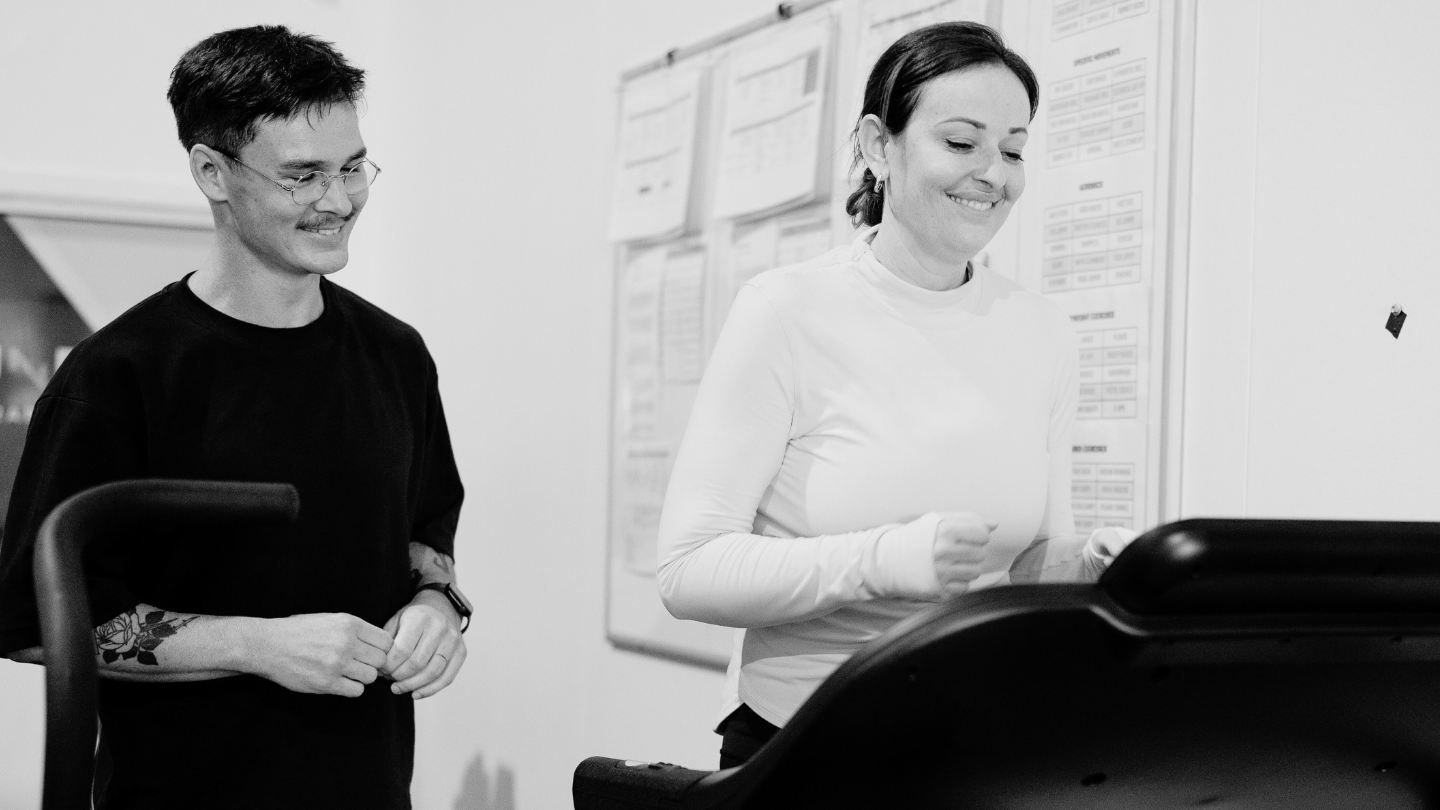That Grumbling Achilles: Tendinopathy Truths (Not Tears!)
Is that sharp pain or nagging ache at the back of your heel or lower calf putting a stop to your runs around North Lakes, your morning walks, or even just getting going first thing? Achilles tendon pain is incredibly common, frustrating, and often misunderstood. You might have heard it called “Achilles tendinitis,” suggesting inflammation is the main villain.
However, the way we understand tendon issues has evolved. At Abound Physio, we prefer the term Achilles tendinopathy, reflecting a more complex picture than just simple inflammation. It’s typically about how the tendon is coping (or not coping) with the load placed upon it.
The good news? While it requires patience and a smart approach, Achilles tendinopathy is very manageable. Let’s dive into what’s really going on, debunk some common myths, and explore how physiotherapy focused on load management and strengthening can get you back on your feet.
What IS Achilles Tendinopathy? (Beyond ‘Tendinitis’)
Your Achilles tendon is a powerhouse – the thickest, strongest tendon in your body, connecting your calf muscles (gastrocnemius and soleus) to your heel bone (calcaneus). It handles immense forces every time you walk, run, or jump.
Tendinopathy isn’t primarily an inflammatory condition (that’s the ‘itis’ part, which might be present initially but isn’t the main driver long-term). Instead, it’s better understood as a state where the tendon struggles to adapt to the loads being placed on it. This can lead to:
- Changes in Tendon Structure: Microscopic changes occur within the tendon’s collagen fibres and matrix. It’s not necessarily “damaged” in the sense of a major tear, but its structure and capacity change.
- Increased Sensitivity: The tendon can become more sensitive to load, meaning activities that were previously fine now provoke pain.
- Reduced Capacity: The tendon simply can’t tolerate the same amount of force or repetition it used to.
Think of it less like a fraying rope needing complete rest, and more like an overworked employee needing a better workload management plan and some targeted training to build resilience!
Where Does it Hurt? Mid-Portion vs. Insertional
Achilles tendinopathy usually presents in two main locations:
- Mid-Portion: Pain felt in the main body of the tendon, typically 2-6 cm above where it attaches to the heel bone. This is the most common type.
- Insertional: Pain felt right at the back of the heel bone, where the tendon attaches. This type might also involve irritation of a nearby bursa. Management can differ slightly, particularly regarding stretching.
Common Symptoms:
- Pain and Stiffness: Especially noticeable first thing in the morning or after periods of rest (‘start-up pain’).
- Pain with Activity: Worsens during or after activities like walking (especially uphill), running, jumping, or standing on tiptoes.
- Tenderness: The tendon is often tender to touch.
- Thickening: A visible or palpable thickening of the tendon might develop over time (more common in mid-portion).
Did You Know? Tendons are living tissues that adapt to the stresses placed upon them. Appropriate, progressive loading makes them stronger and more robust. Conversely, prolonged inactivity or sudden spikes in load they aren’t prepared for can lead to problems like tendinopathy. It’s all about finding that ‘sweet spot’ for loading.
Myth Busting Time: Achilles Edition
Let’s tackle some frequent misconceptions:
- Myth: “It’s tendinitis, so I need complete rest and anti-inflammatory pills.”
- Reality: While relative rest (reducing aggravating activities) is important initially, complete rest is counterproductive. It weakens the tendon and surrounding muscles, making it less able to tolerate load when you restart activity. Pain often returns. Anti-inflammatories might offer temporary relief but don’t address the underlying load intolerance. The focus should be on managing load and building capacity.
- Myth: “Stretching my calves is the most important thing.”
- Reality: While calf flexibility can play a role, aggressive stretching isn’t always helpful and can sometimes aggravate insertional Achilles tendinopathy by compressing the tendon at the heel. Strengthening exercises, particularly specific tendon loading protocols, are generally far more crucial for recovery.
- Myth: “I must have an ultrasound or MRI to confirm it.”
- Reality: Achilles tendinopathy is usually diagnosed effectively through a detailed history and clinical examination by your physiotherapist. Imaging might show tendon changes, but these don’t always correlate well with pain levels and rarely alter the initial evidence-based management plan, which revolves around load management and exercise.
- Myth: “This means I can never run (or do my favourite activity) again.”
- Reality: This is rarely the case! While recovery takes time (tendons heal slowly) and consistency with rehabilitation, most people with Achilles tendinopathy can successfully return to their desired activities, including running. It requires a structured approach to gradually reintroduce load.
Did You Know? Pain experienced during tendinopathy rehab doesn’t always signify further damage. Sometimes, a certain level of discomfort during specific loading exercises is considered acceptable and even necessary for promoting tendon adaptation, as long as the pain settles relatively quickly afterwards and doesn’t worsen significantly over 24 hours. Your physio can help guide you on appropriate pain levels during rehab.
How Abound Physio Guides Your Achilles Recovery
At Abound Physio in North Lakes, our approach to Achilles tendinopathy is patient, progressive, and built around you:
- Accurate Diagnosis & Education: We’ll assess your heel and calf, determine the likely type of tendinopathy, and explain it in clear terms, setting realistic expectations.
- Load Management Plan: This is paramount. We help you identify aggravating activities and modify your training or daily loads temporarily to allow the tendon to settle, without complete cessation of activity.
- Specific Exercise Prescription: The core of rehab! This often involves:
- Isometrics: Static holds (like holding a calf raise) can often help reduce pain initially.
- Heavy Slow Resistance (HSR): Controlled, heavy calf raise variations are proven to help improve tendon structure and capacity.
- Plyometrics (Later Stage): Gradually reintroducing hopping, jumping, and running drills once the tendon has sufficient strength and tolerance.
- Addressing the Kinetic Chain: Looking at strength and control further up the leg (e.g., glutes, quads) if relevant.
- Return to Activity Guidance: We provide a structured plan to gradually get you back to walking, running, or your chosen sport safely and effectively.
Patience and Consistency are Key
Recovering from Achilles tendinopathy isn’t usually a quick fix. Tendons take time to adapt. But with the right guidance, a focus on appropriate loading, and consistent effort with your rehabilitation exercises, you can overcome Achilles pain and get back to enjoying life in North Lakes and beyond.
Ready to Tackle Your Achilles Pain with Abound Physio?
Don’t let that stubborn Achilles tendon dictate your activity levels. If you’re struggling with heel or lower calf pain, the team at Abound Physio is here to help guide your recovery.

